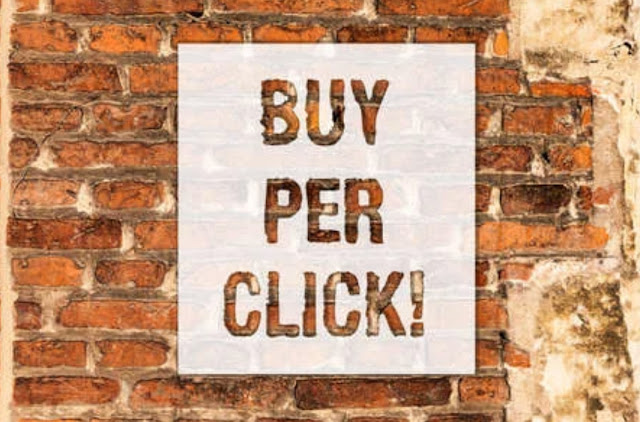What is Pay Per Call? How does it work?
Pay Per Call is a marketing model where advertisers pay for each phone call generated through their advertising campaigns. It is a form of performance-based advertising that focuses on driving phone calls to businesses rather than clicks or website visits. Pay Per Call is particularly effective for businesses that rely on phone calls to generate leads or conversions, such as service-based industries like healthcare, legal, home services, and insurance.
Here's how Pay Per Call works:
Advertiser Setup: The advertiser creates a Pay Per Call campaign and sets specific criteria for the types of calls they want to receive. This includes defining the target audience, geographic locations, operating hours, and other relevant parameters.
Call Tracking: A unique phone number is assigned to the advertiser's campaign. This phone number is used in their marketing materials, such as online ads, search listings, or offline advertisements. When a potential customer sees the ad and calls the provided number, the call is tracked.
Call Routing: When a call is initiated, it is routed to the advertiser's designated phone number, which could be their main business line or a dedicated call center. Call routing ensures that the calls are directed to the appropriate destination based on the predefined criteria.
Call Duration and Quality: Pay Per Call networks track the duration of each call to determine its quality and value. Advertisers may set minimum call duration requirements to ensure they are paying for meaningful interactions with potential customers.
Call Billing: Advertisers are charged based on the agreed-upon rate per call or per second of call duration. The billing process may vary depending on the Pay Per Call network or platform being used.
Conversion Tracking: Advertisers track the outcome of each call to measure the effectiveness of their Pay Per Call campaigns. This can include tracking conversions, such as appointment bookings, sales, or other desired actions resulting from the phone call.
Performance Optimization: Advertisers continuously analyze the performance of their Pay Per Call campaigns to optimize their ROI. They may adjust their targeting criteria, bidding strategies, or messaging to improve the quality and conversion rates of the calls they receive.
Benefits of Pay Per Call:
High-Quality Leads: Pay Per Call generates high-intent leads as potential customers actively make phone calls to inquire about products or services.
Increased Conversion Rates: Phone calls often have higher conversion rates compared to other forms of lead generation, as they allow for real-time interaction and personalized sales assistance.
Cost Control: Advertisers have more control over their marketing budgets as they pay only for qualified phone calls, rather than clicks or impressions.
Local Targeting: Pay Per Call is effective for businesses targeting local customers, as calls can be directed to specific locations based on the caller's geographic information.
Real-Time Tracking and Analytics: Advertisers can track and analyze the performance of their Pay Per Call campaigns in real-time, enabling them to make data-driven decisions and optimize their strategies.
In summary, Pay Per Call is a performance-based advertising model where advertisers pay for phone calls generated through their campaigns. It offers benefits such as high-quality leads, increased conversion rates, cost control, local targeting, and real-time tracking. Pay Per Call is particularly suitable for businesses that rely on phone calls as a key channel for lead generation and customer acquisition.












